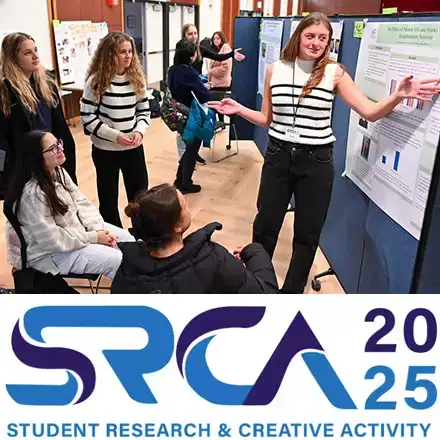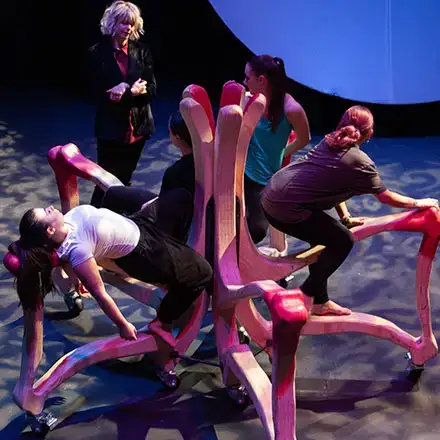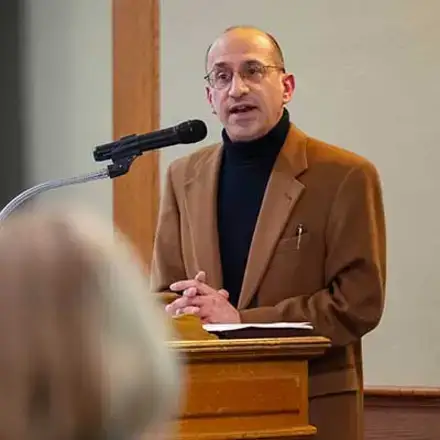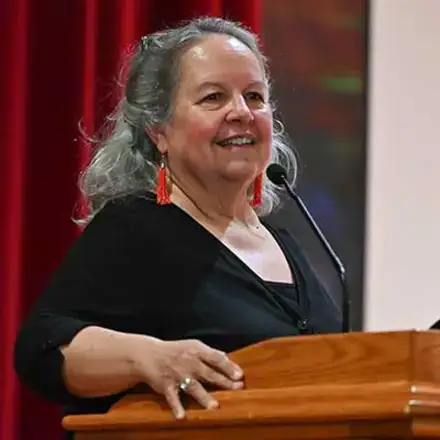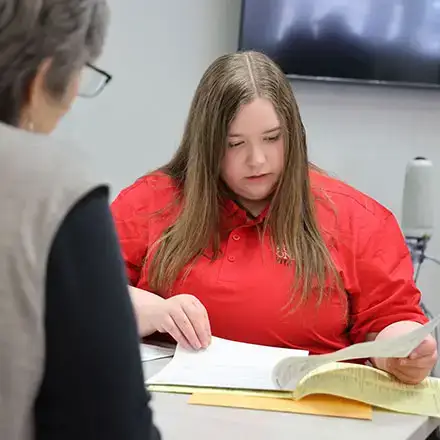News & Events
Latest Stories
More than 140 SUNY Oneonta students participated in the 2025 Student Research and Creative Activity showcase on April 16 in the Hunt Union Ballroom.
For the past six weeks, interdisciplinary artists Georgia b. Smith and Zelda Smith have worked with students and staff to explore the intersection of art, technology and narrative as the university’s latest Artists-in-Residence.
More than 240 SUNY Oneonta students and faculty were honored for academic excellence at the annual Susan Sutton Smith Lecture and Award Reception on April 8.
2025 Green Dragon Week Attracts Record High Lecture Attendance as Indigenous Author Shares Perspective on How to Treat the Earth
SUNY Oneonta accounting and business students are getting firsthand experience for the future by preparing income tax returns for the community, continuing an annual tradition in an impressive new venue: the recently renovated Alumni Hall.
